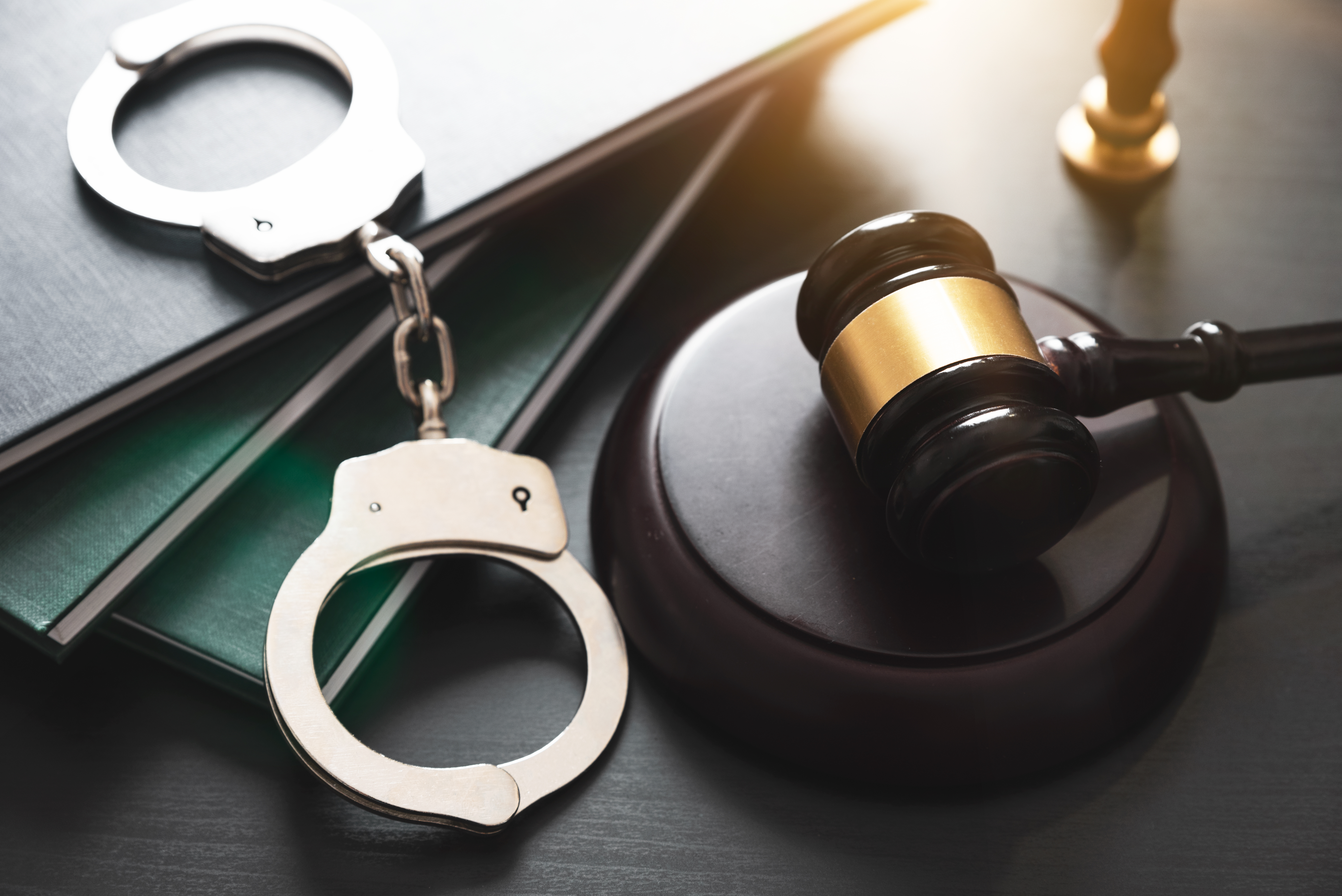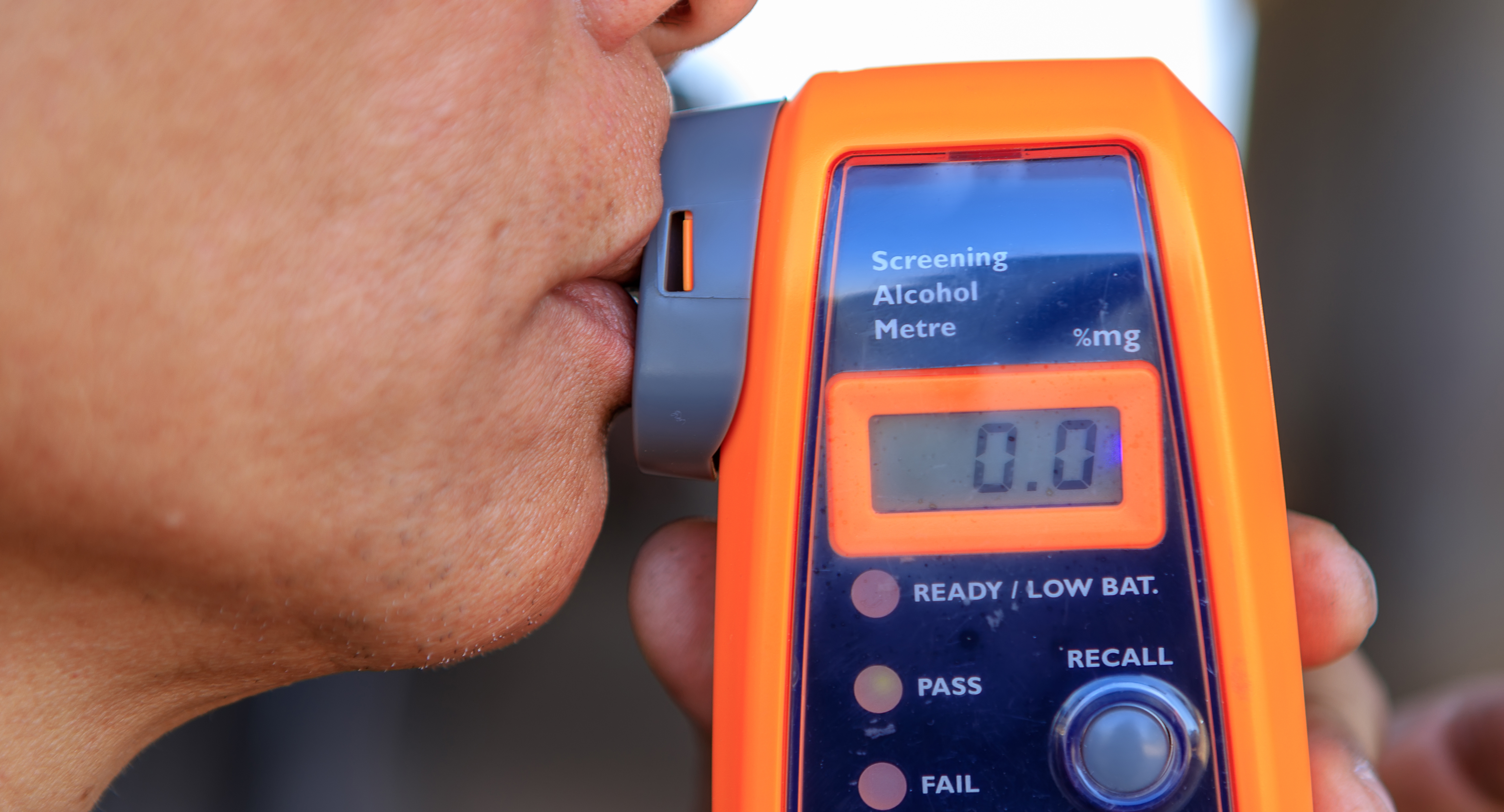- Texas is a two-plate state, meaning that all vehicles are required to have front and rear license plates
- If you’re caught with only one plate, you may have to pay a $200 fine
- Though this is a minor offense, it gives cops probable cause to pull you over and could lead to more serious charges
Texas law requires all vehicles to have both front and rear license plates, so yes, you need that front plate. Failing to comply could result in a fine of up to $200.
More importantly, though, failing to have that second plate in a “two-plate state” gives cops probable cause to pull you over, and this could lead to more serious implications, particularly if you have drugs or alcohol in your vehicle.
Why Does Texas Require a Front License Plate?
License plate requirements are established by Texas Transportation Code Section 504.943. It specifies that all passenger cars, trucks, and 18-wheelers registered in Texas must have front and rear license plates.
Very few of the benefits of the second plate aid motorists. Most are to help law enforcement or toll road authorities.
A study from the Texas A&M Transportation Institute showed that front plates can aid law enforcement and transportation authorities in:
- Traffic stops
- Criminal investigations
- Speed cameras
- Toll booths
- Recovery of stolen vehicles
The study shows that the increased readability also helps monitor border crossings.
There aren’t many benefits for ordinary Texans, but the second plate can:
- Assist you in identifying a vehicle if you’re involved in or witness an accident.
- Make it easier to spot vehicles during active Amber alerts.
- Help rideshare passengers confirm that they’re about to climb into the correct vehicle.
Exceptions
Texas Transportation Code § 504.943 exempts road tractors, trailers, semitrailers, motorcycles, and travel trailers from the requirement of having two plates. They are only required to have a rear license plate.

Penalties
If you’re pulled over, you may receive a warning, but you could also be issued a citation and a $200 fine.
In 2023, the Texas Highway Patrol issued 21,800 citations for “Operate Motor Vehicle Without LP/With One Plate,” according to a representative from the Texas Department of Public Safety.
A court may dismiss the charge if you install the front plate and pay a $10 reimbursement fee.
Though a $200 fine is significant for many Texans, the additional potential consequences of the traffic stop could quickly become even more costly.
Probable Cause in Texas
In Texas, probable cause refers to the legal standard required for police officers to conduct a search, make an arrest, or obtain a warrant. It means police have a reasonable belief that you have committed a crime or that evidence of a crime can be found in a particular location.
Failure to have a front license plate is technically a crime, providing police with probable cause to pull you over. Though a missing front plate is a minor offense, the traffic stop could lead to more serious consequences.
If police believe they smell alcohol or marijuana, your vehicle could be searched. If incriminating evidence is found, you could be arrested.
In other words, if you regularly drive through areas with high crime rates, are an undocumented migrant, or have any reason to believe a routine traffic stop could lead to more serious consequences, you should make sure your second license plate is in place.
What If My Car Doesn’t Have a Second Plate?
Vehicle manufacturers aren’t required to install second plates on vehicles (and some states don’t require front plates at all). If the car you buy isn’t equipped for the second plate, you may have to handle it yourself. Additionally, if you’re moving to Texas from a one-plate state, it’s unlikely your car will have the mount for the second plate.
A lot of us lack the necessary tools, knowledge, or desire to drill holes into the front of our vehicles, particularly when they’re new.
Texas regulations say that the second plate must be affixed to the front bumper, which usually requires the installation of a second license plate holder.
Transportation Code Section 504.943 dictates the placement of the front license plate. It must be:
- Securely fastened
- Horizontal
- Not less than 12 inches from the ground
- Visible from 50 feet at night
Placing a license plate so it is visible through the windshield does not comply with the law.
Some mounting brackets are designed to attach to the underside of your bumper, making drilling unnecessary. You can typically find them at auto dealerships, automotive supply stores, and on Amazon.
What If I’m Visiting from a One-Plate State?
If you’re visiting Texas, you must meet the requirements of your state of residence. That means it’s OK to drive with only one plate.
In addition to Texas, 27 other states and Washington, D.C., currently require front and rear license plates. States where second plates are required include California, Colorado, Hawaii, Idaho, Illinois, Iowa, Maine, Maryland, Massachusetts, Minnesota, Missouri, Montana, Nebraska, Nevada, New Hampshire, New Jersey, New York, North Dakota, Oregon, Rhode Island, South Dakota, Utah, Vermont, Virginia, Washington, Wisconsin, and Wyoming.
What if my Second License Plate Was Lost or Stolen?
If your vehicle’s license plate has been lost, stolen, or damaged, you must apply for a replacement through the Texas Department of Motor Vehicles.
Other License Plate Requirements
- Visible license plate: Plates must be free of obstructions and visible. Frames or covers that obscure letters and numbers are prohibited and provide the police with further probable cause to pull you over.
- Current registration sticker: Your registration sticker must be up to date and attached to the inside of your car’s windshield.




